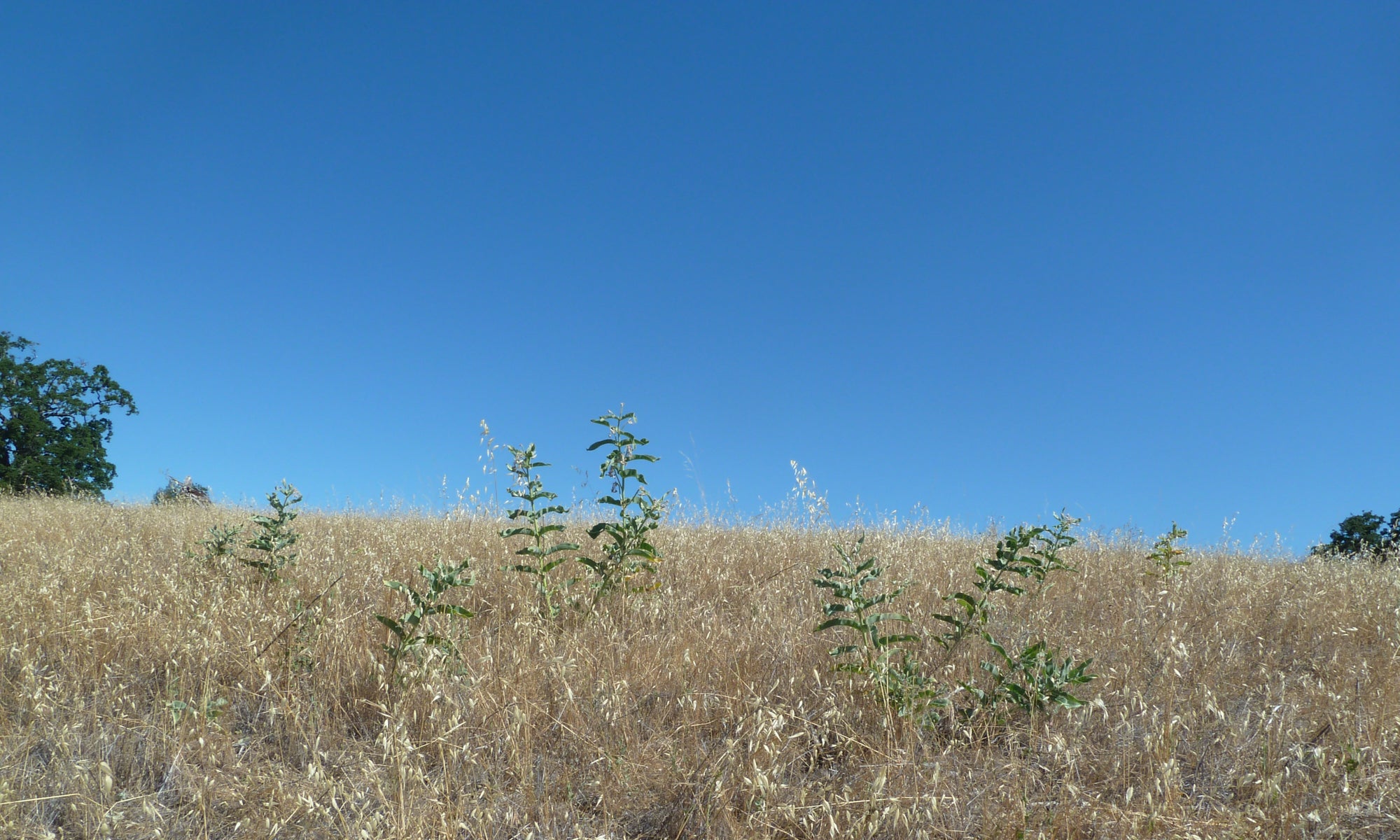Elizabeth G. Postema, Mia K. Lippey, Tiernan Armstrong-Ingram
Abstract
Behavioral ecologists have long studied the role of coloration as a defense against natural enemies. Recent reviews of defensive coloration have emphasized that these visual signals are rarely selected by single predatory receivers. Complex interactions between signaler, receiver, and environmental pressures produce a striking array of color strategies—many of which must serve multiple, sometimes conflicting, functions. In this review, we describe six common conflicts in selection pressures that produce multifunctional color patterns, and three key strategies of multifunctionality. Six general scenarios that produce conflicting selection pressures on defensive coloration are: (1) multiple antagonists, (2) conspecific communication, (3) hunting while being hunted, (4) variation in transmission environment, (5) ontogenetic changes, and (6) abiotic/physiological factors. Organisms resolve these apparent conflicts via (1) intermediate, (2) simultaneous, and/or (3) plastic color strategies. These strategies apply across the full spectrum of color defenses, from aposematism to crypsis, and reflect how complexity in sets of selection pressures can produce and maintain the diversity of animal color patterns we see in nature. Finally, we discuss how best to approach studies of multifunctionality in animal color, with specific examples of unresolved questions in the field.
Behavioral Ecology

